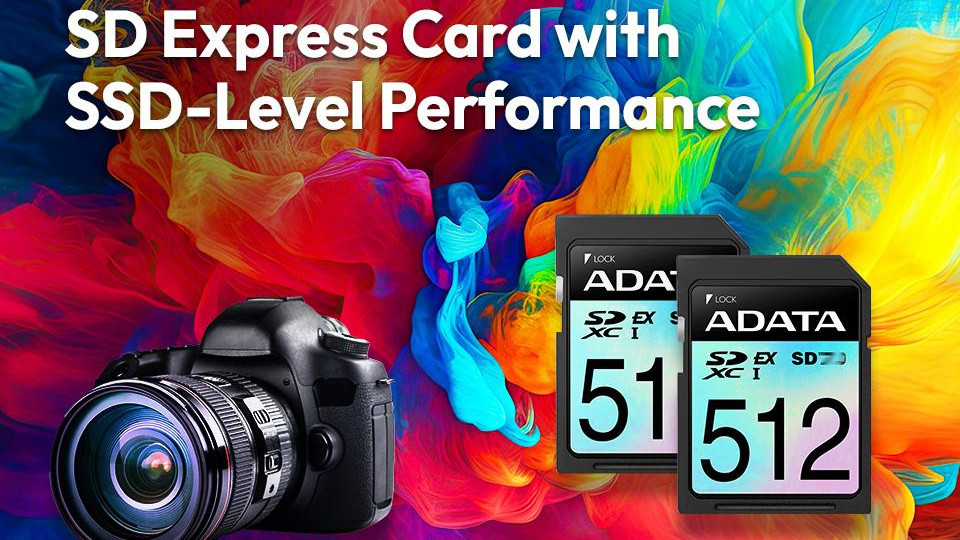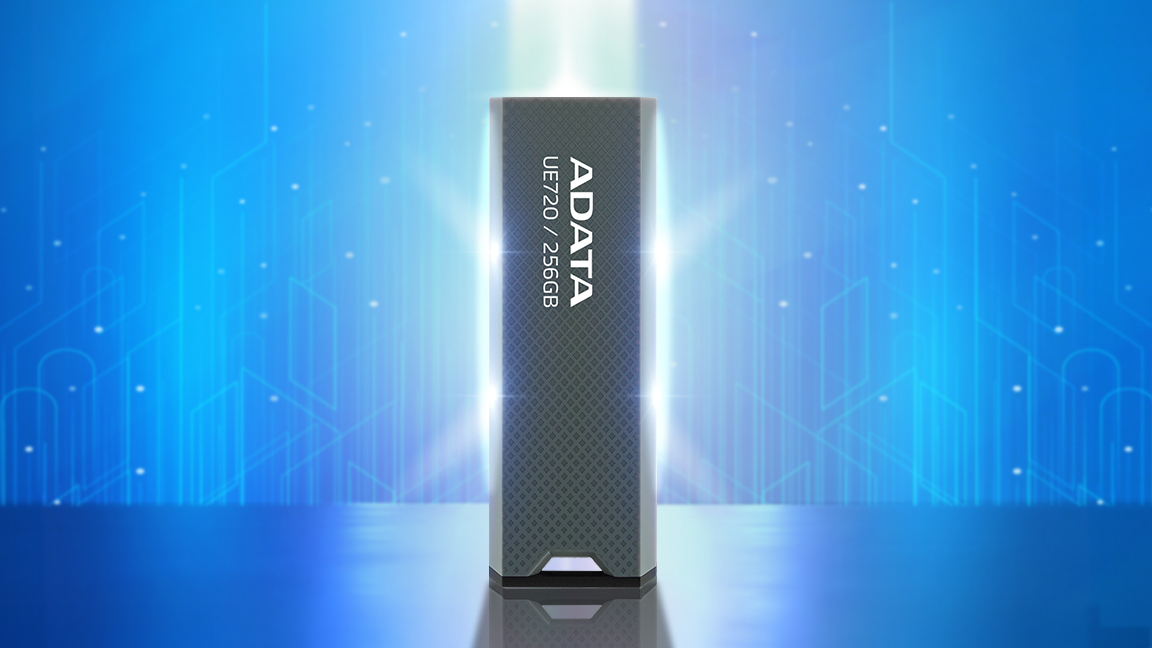
SD Express is the next-gen standard for convenient removable storage, and ADATA has just launched what it claims to be the "industry's first" SD 8.0 Express memory card.
The new SD 8.0 Express standard takes over for SD 7.0 Express, and in the process adds some major performance improvements. SD 7.0 Express, introduced in 2018, tops out at about 985MB/s.
ADATA says its new Premier Extreme SD 8.0 Express memory card can read maximum speeds of up to 1,600MB/s on the read side and 1,200MB/s on the write side.
The newfound performance is thanks to the card's ability to leverage the PCIe (Gen 3 x2) interface and NVMe transfer protocol, similar to what modern SSDs use.
ADATA says its new SD 8.0 Express card is about "12 times faster than UHS-I" and "4 times faster than UHS-II."
Considering that a vast majority of external SSDs are still using USB to connect (which caps the transfer rate around 1GB/s), SD Express 8.0 is looking quite good as a more portable and powerful storage solution.
You can expect the usual high-end SD card features, with a U3 speed class and V30 video speed class. That's enough to handle 4K video capture and RAW images.
All the latest news, reviews, and guides for Windows and Xbox diehards.
SD Express is backward compatible with older SD standards (like UHS-I and UHS-II), and speeds are capped to the reader's abilities.
Although it doesn't appear that the new Premier Extreme SD 8.0 cards are available to buy just yet, ADATA says they'll come in a 512GB capacity.
SD Express hardware is understandably more expensive than standard SD cards; massive performance gains like this don't come free.
The added price has contributed to keeping SD Express out of the mainstream, but news that the Nintendo Switch 2 is exclusive to SD Express will certainly highlight the storage's profile.
ADATA adds a new flash drive and SSD enclosure to its lineup
The Premier Extreme SD 8.0 Express card was announced alongside a couple of other new products from ADATA.
The UE720 drive uses the USB 3.2 (Gen 2) standard, and ADATA says it can hit 550MB/s and 450MB/s read and write speeds, respectively.
The UE720 weighs just 13 grams (0.02 pounds), and it will be available in 64GB, 128GB, and 256GB sizes. It's listed at ADATA's website, but doesn't appear to be available to buy.
Also announced is a new EC680 M.2 SSD enclosure with USB-A and USB-C connectors; it tops out at 1,050MB/s with the latter cable.
The EC680 enclosure is made from aluminum alloy, and it has fins on the outside for better heat dissipation.
ADATA says it supports 2230, 2242, and 2280 M.2 sizes, and it's compatible with Windows, Android, MacOS, PS5, and Xbox.
SSD enclosures are generally used to get a second life out of an M.2 SSD that's been replaced. With a drive installed, you effectively turn the package into an external drive to be used everywhere.

Cale Hunt brings to Windows Central more than nine years of experience writing about laptops, PCs, accessories, games, and beyond. If it runs Windows or in some way complements the hardware, there’s a good chance he knows about it, has written about it, or is already busy testing it.
You must confirm your public display name before commenting
Please logout and then login again, you will then be prompted to enter your display name.

